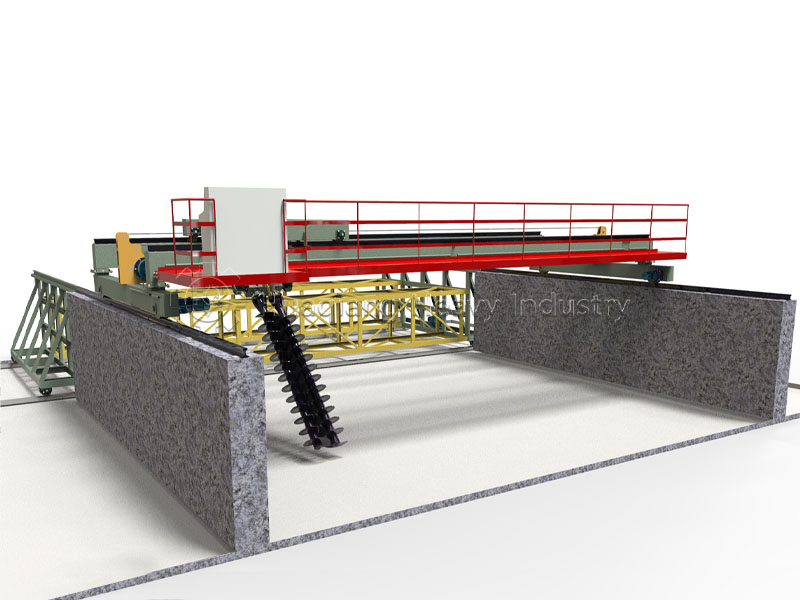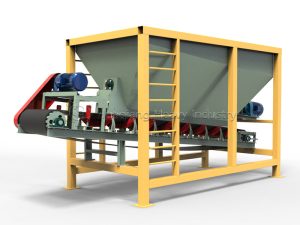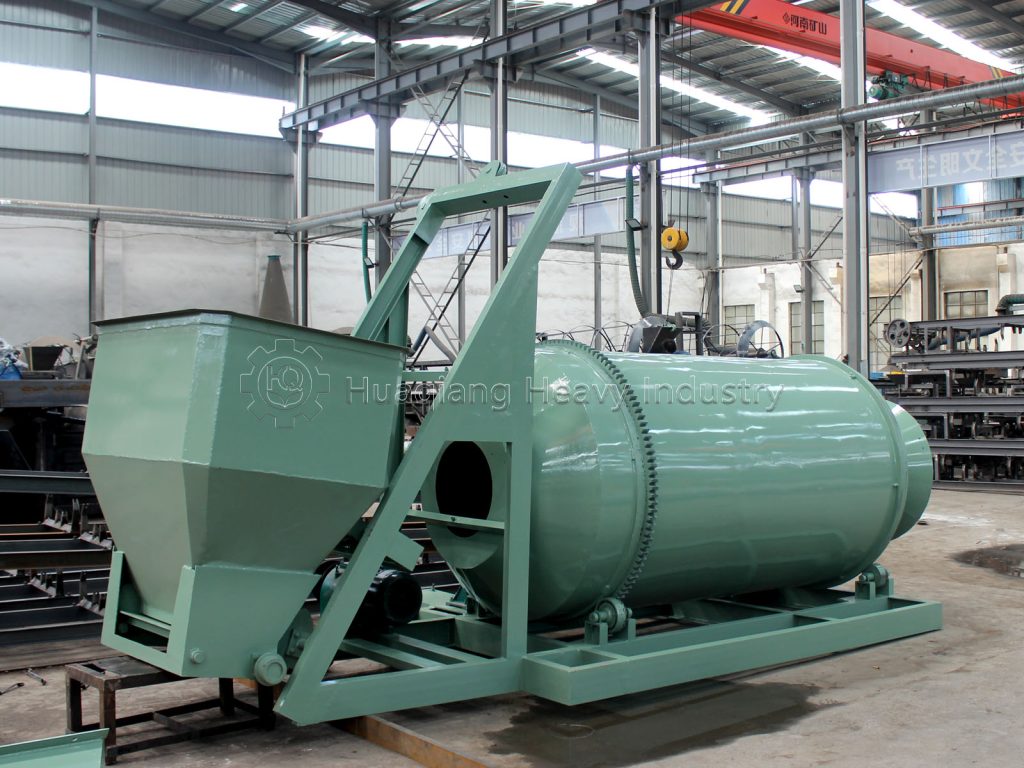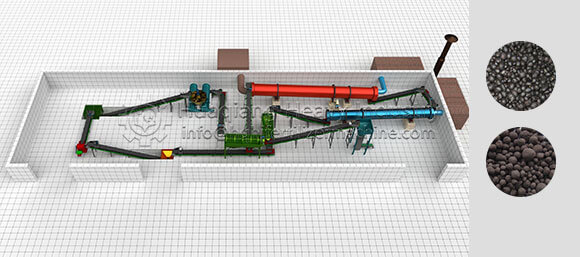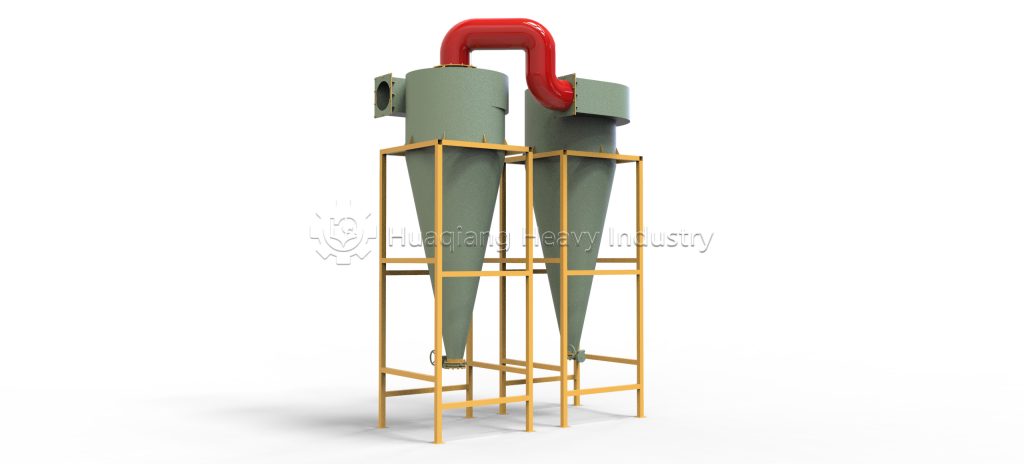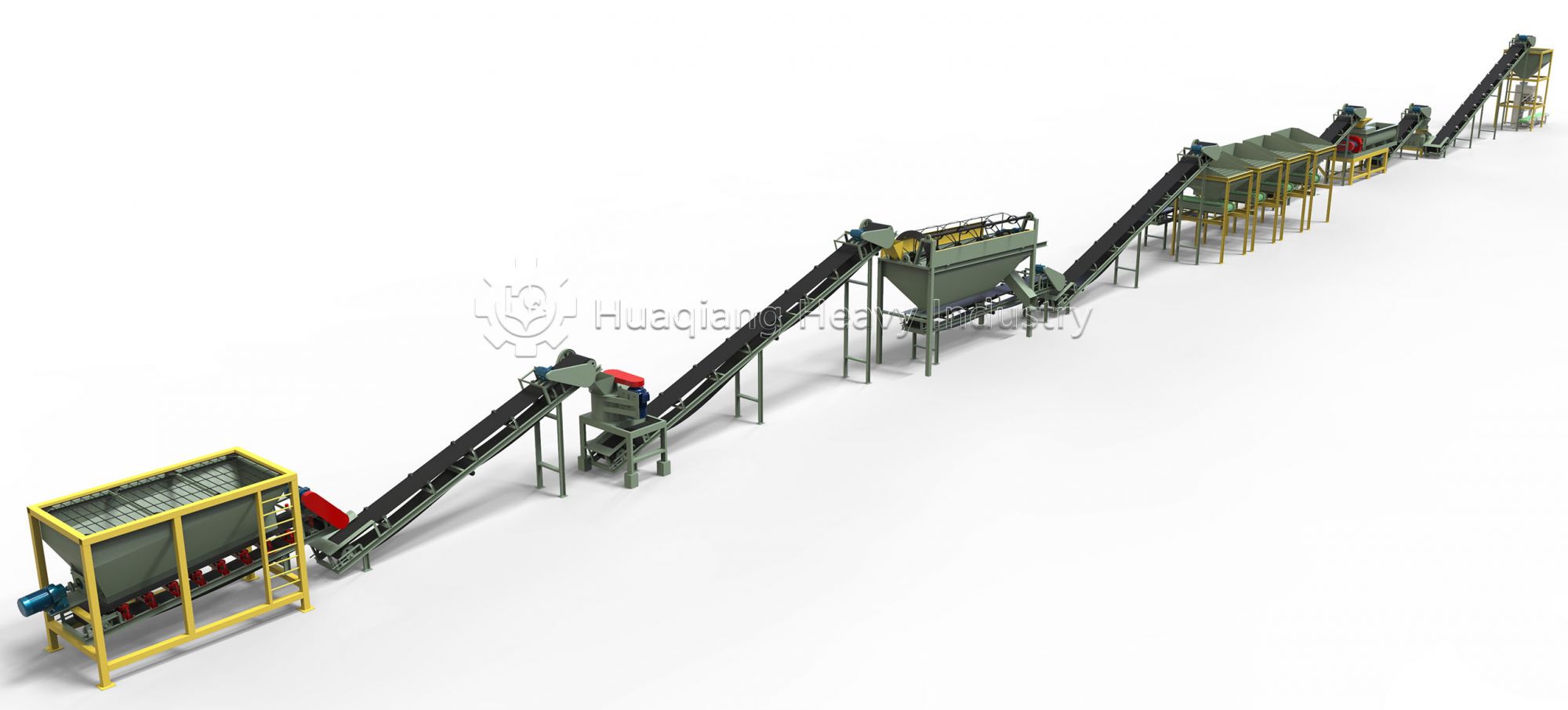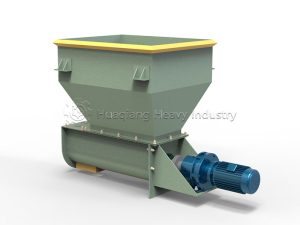
Equipment Overview
The uniform feeder is a key device in industrial production that ensures materials enter subsequent processing equipment at a stable and uniform rate. This equipment is widely used in various industries including chemical fertilizer, building materials, cement, chemical industry, coal, mining, ceramics, grain, and feed. Its main function is to avoid production fluctuations caused by uneven material supply, thereby improving production efficiency and product quality.
Equipment Structure and Composition
Core Components:
- Feed Inlet:Open structure design for smooth material flow
- Feeding Mechanism:Core part of the equipment, including spiral feeders, vibrating feeders, belt feeders, etc.
- Regulating Device:Speed controllers, gates, etc., for precise feeding rate adjustment
- Drive System:Motors, reducers, etc., providing power for the feeding mechanism
- Control System:PLC or microcomputer control system for automated control
Working Principle
Taking the spiral feeder as an example, materials enter from the feed inlet, and the spiral feeder rotates under the drive of the motor. The spiral blades push the materials forward. By controlling the rotation speed of the spiral feeder through the adjusting device, precise control of the material supply rate is achieved. This design ensures that materials enter subsequent equipment at a stable and uniform rate, avoiding material accumulation or interruption, and ensuring the continuity and stability of the production process.
Equipment Advantages
Precise Control
Through advanced regulating devices, precise control of material feeding rate is achieved, ensuring uniformity and stability of material supply, providing reliable support for subsequent processes.
Strong Adaptability
Capable of handling various types of materials, including powders, particles, and flakes, suitable for different industrial production environments, meeting diverse production needs.
Automated Operation
Equipped with advanced control systems, achieving automation of the feeding process, reducing manual intervention, improving production efficiency, and minimizing human errors.
Easy Maintenance
Reasonable structural design makes the equipment easy to clean and maintain, reducing downtime, lowering maintenance costs, and extending equipment service life.
Energy Saving and Efficiency
Adopting energy-saving design, effectively reducing energy consumption, improving feeding efficiency, helping to reduce overall production costs, and enhancing enterprise competitiveness.
Industry Application Value
The uniform feeder plays a crucial role in modern fertilizer production systems, ensuring precise material handling across various manufacturing processes. In NPK fertilizer production line operations, it guarantees accurate proportioning for the NPK blending machine, while in organic fertilizer production line setups, it maintains consistent feeding for windrow composting machine operations. This precision equipment serves as the backbone for both conventional and bio organic fertilizer production line configurations, enabling reliable material flow from initial processing to final granulation stages.
Within comprehensive fertilizer manufacturing systems, the uniform feeder’s importance extends to multiple production stages. It ensures stable raw material supply for disc granulation production line operations and maintains consistent feeding for various fertilizer granulator types, including the disc granulator and double roller press granulator. The equipment’s synchronized operation with windrow machine systems in composting phases demonstrates its versatility across different production methodologies within the same NPK fertilizer line.
The stable and reliable performance of uniform feeders not only improves final product quality but also optimizes entire production processes. By ensuring consistent material flow through every component – from blending equipment to granulation machines – these feeders provide solid technical support for the intelligent and automated development of fertilizer production industries. Their integration across various production lines enables seamless coordination between different processing stages, ultimately enhancing overall system efficiency and product consistency.

